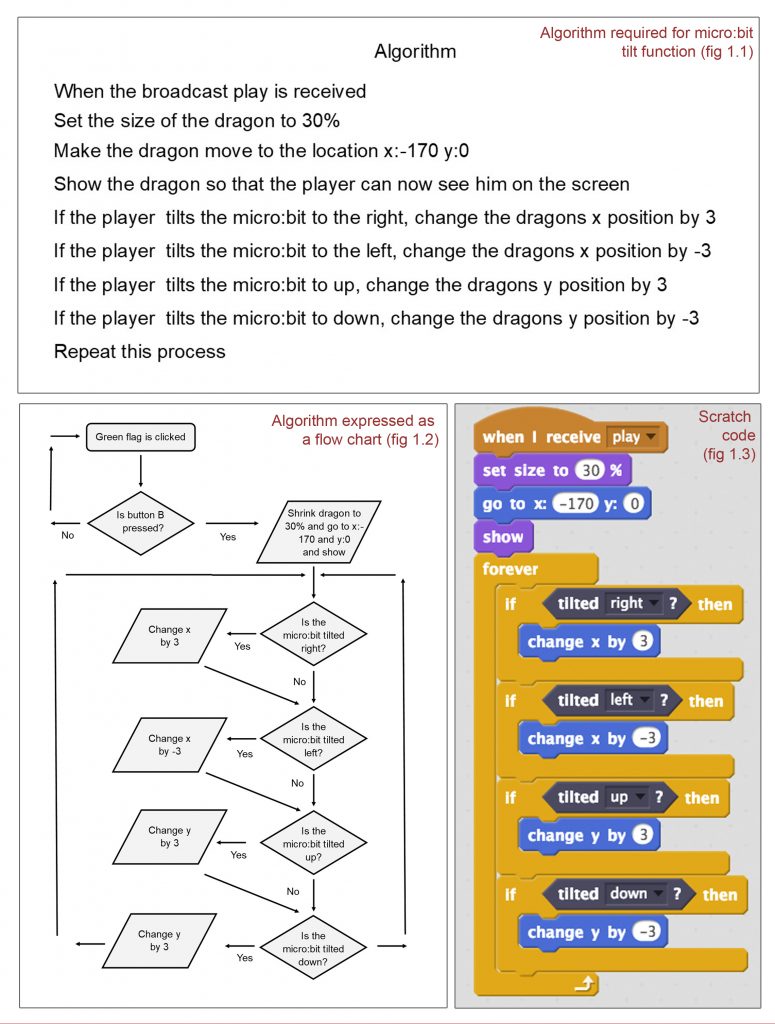
Expressing algorithms as flowcharts REBECCA HOLLANDS
Algorithm design : foundations, analysis, and Internet examples. Algorithm design : foundations, analysis, and Internet examples by Goodrich, Michael T. Publication date 2011 Topics Computer algorithms, Data structures (Computer science) Publisher New Delhi : Wiley-India Collection printdisabled; internetarchivebooks

pseudo code Google Search Computer programming languages, Coding, Coding languages
An algorithm is made up of three basic building blocks: sequencing, selection, and iteration. Sequencing: An algorithm is a step-by-step process, and the order of those steps are crucial to ensuring the correctness of an algorithm. Here's an algorithm for translating a word into Pig Latin, like from "pig" to "ig-pay": 1.
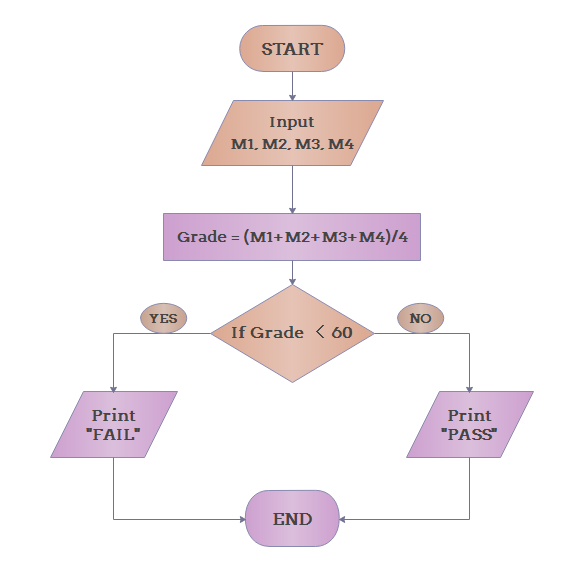
Algorithm Analysis Examples Stories Sexy
Algorithm Design: Foundations, Analysis, and Internet Examples Read an Excerpt Excerpt 1: (PDF) Excerpt 2: (PDF) Excerpt 3: (PDF) Download Product Flyer Description Related Resources About the Author Permissions Table of contents Extra Features Selected type: Paperback Quantity: Print on Demand $178.95 Add to cart
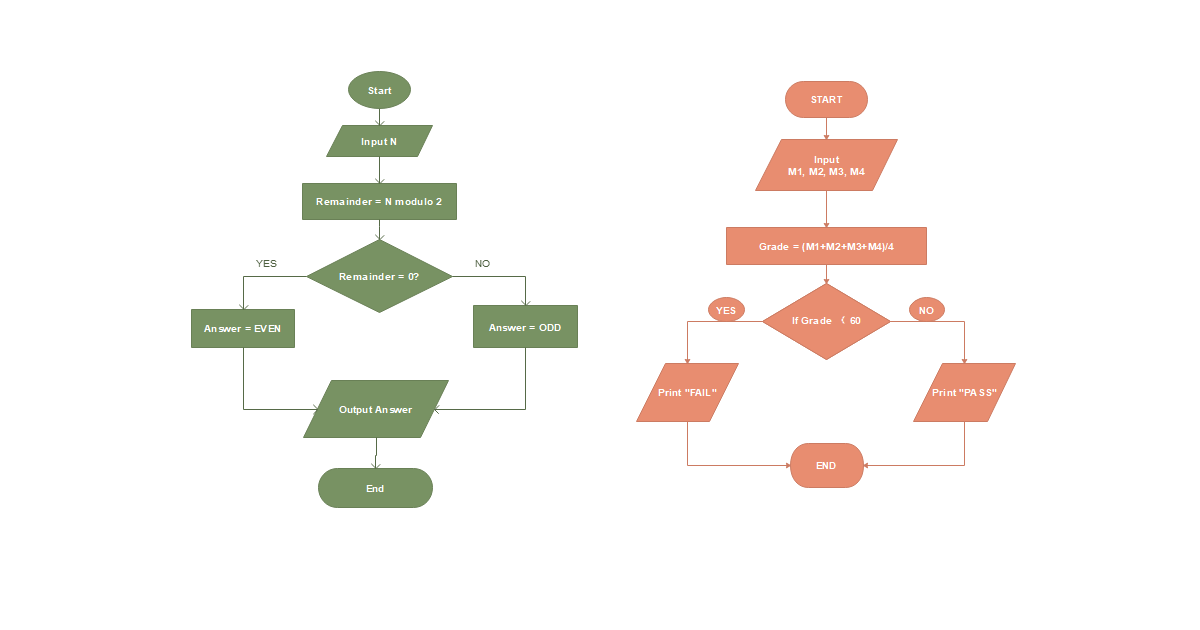
What is Algorithm Definition, Types and Application EdrawMax
Example: Fractional Knapsack, Activity Selection. Divide and Conquer: The Divide and Conquer strategy involves dividing the problem into sub-problem, recursively solving them, and then recombining them for the final answer. Example: Merge sort, Quicksort. Dynamic Programming: The approach of Dynamic programming is similar to divide and conquer.
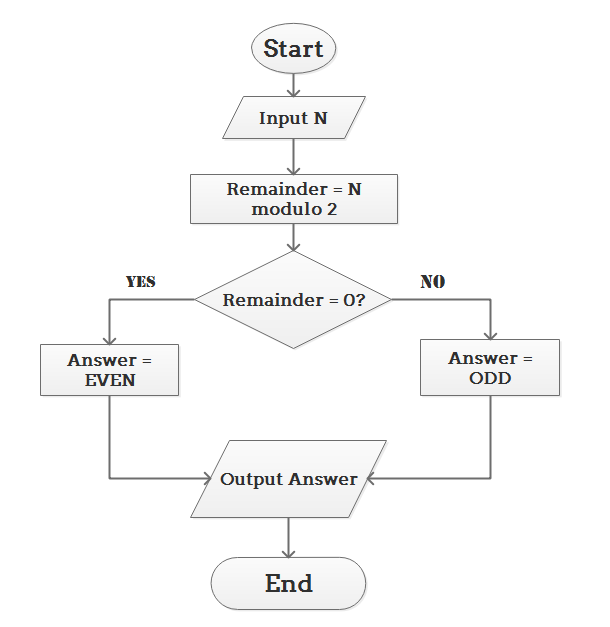
Examples for Algorithm Flowcharts
The nine most commonly used algorithm design techniques and the nature of algorithms they help create are: Sorting: Sorting input in an increasing or decreasing order Greedy: Selecting each part of a solution only because it is immediately beneficial
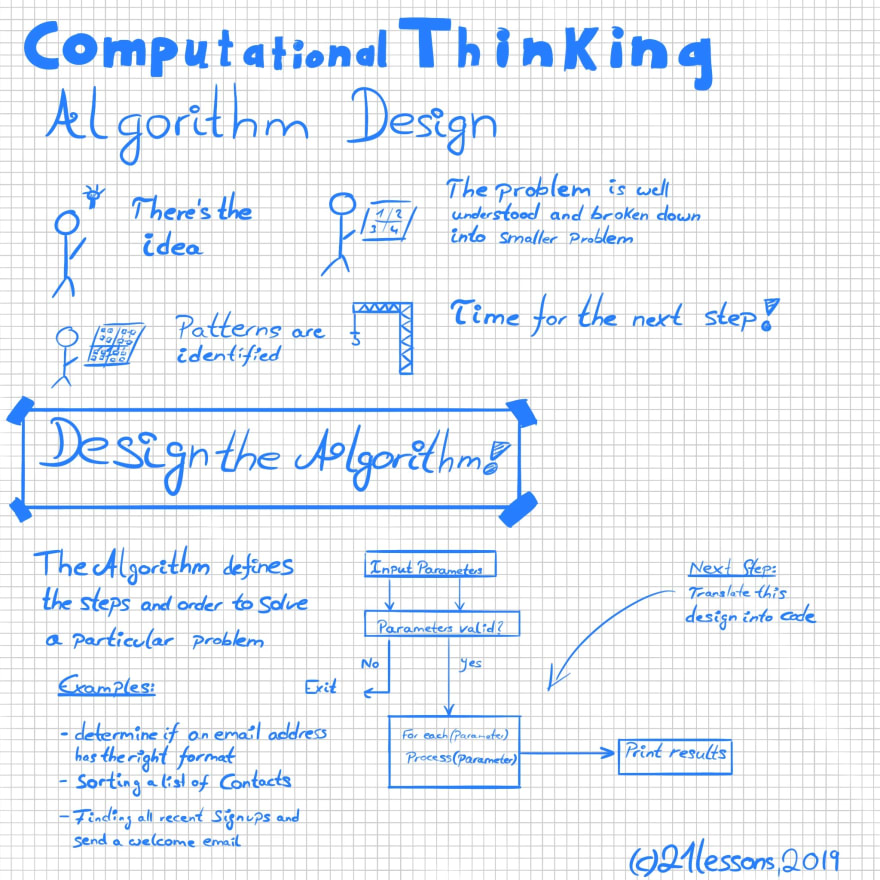
Computational Thinking / Algorithm Design DEV Community
1. Sorting Papers Imagine a teacher sorting their students' papers according to the alphabetical order of their first names. This type of task is similar to the function of a sorting algorithm, like a bucket sort. By looking at only the first letter of the first name, you can remove a lot of unnecessary information.

Our presentation on algorithm design
The reader-friendly Algorithm Design Manual provides straightforward access to combinatorial algorithms technology, stressing design over analysis. The first part, Techniques, provides accessible instruction on methods for designing and analyzing computer algorithms. The second part, Resources, is intended for browsing and reference, and.
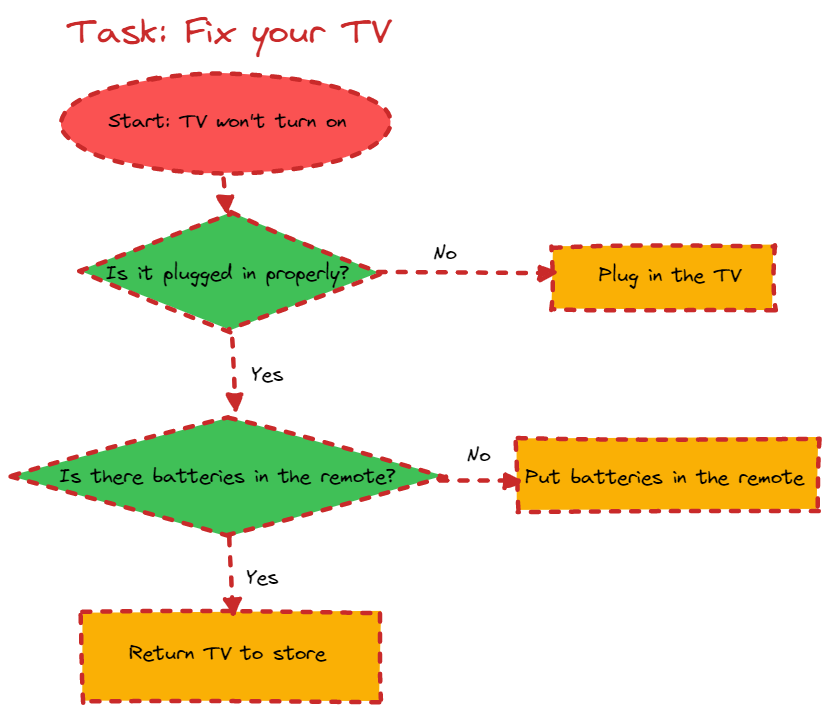
Algorithm Examples
Basics on Analysis of Algorithms: What is algorithm and why analysis of it is important? Asymptotic Notation and Analysis (Based on input size) in Complexity Analysis of Algorithms Worst, Average and Best Case Analysis of Algorithms Types of Asymptotic Notations in Complexity Analysis of Algorithms
.png)
What Is An Algorithm? Characteristics, Types and How to write it Simplilearn (2022)
Real-life examples that define the use of algorithms: Consider a clock. We know the clock is ticking but how does the manufacturer set those nuts and bolts so that it keeps on moving every 60 seconds, the min hand should move and every 60 mins, the hour hand should move? So to solve this problem, there must be an algorithm behind it.
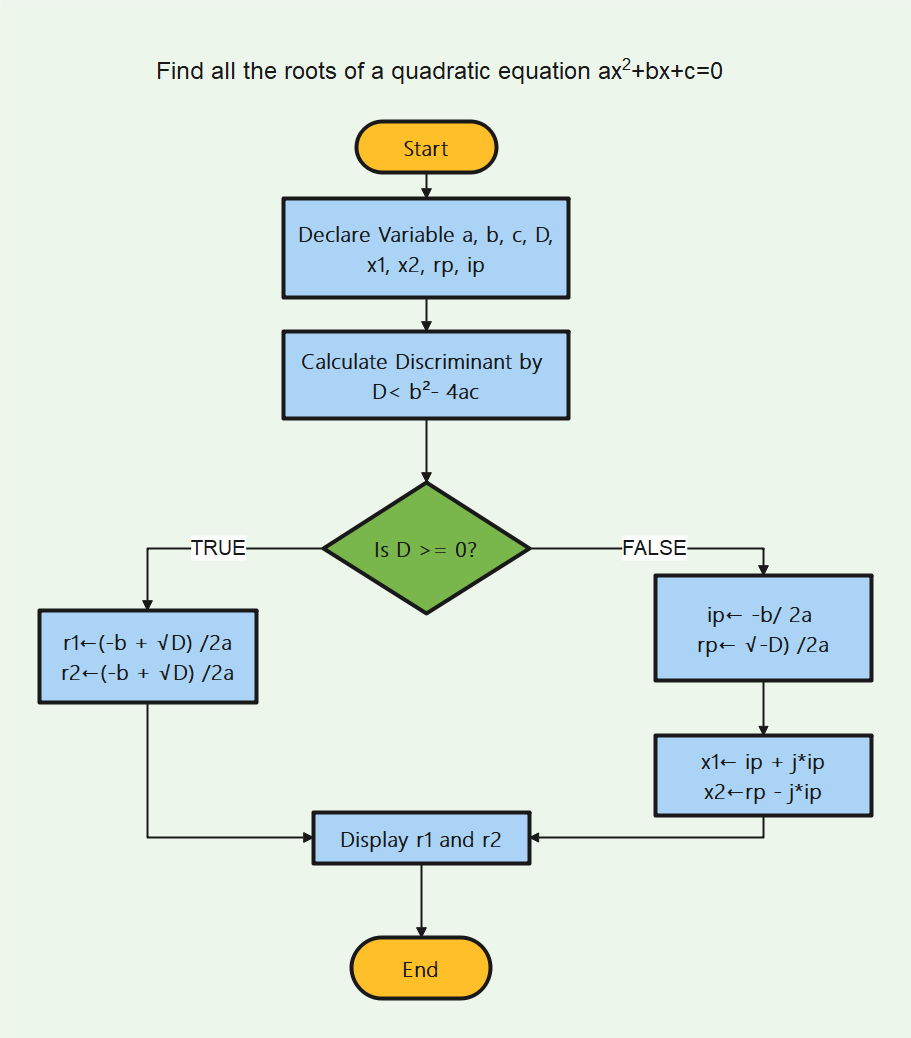
Examples For Algorithm Flowcharts Gambaran
Course Overview: Introduction to fundamental techniques for designing and analyzing algorithms, including asymptotic analysis; divide-and-conquer algorithms and recurrences; greedy algorithms; data structures; dynamic programming; graph algorithms; and randomized algorithms. Required textbook: Kleinberg and Tardos, Algorithm Design, 2005.
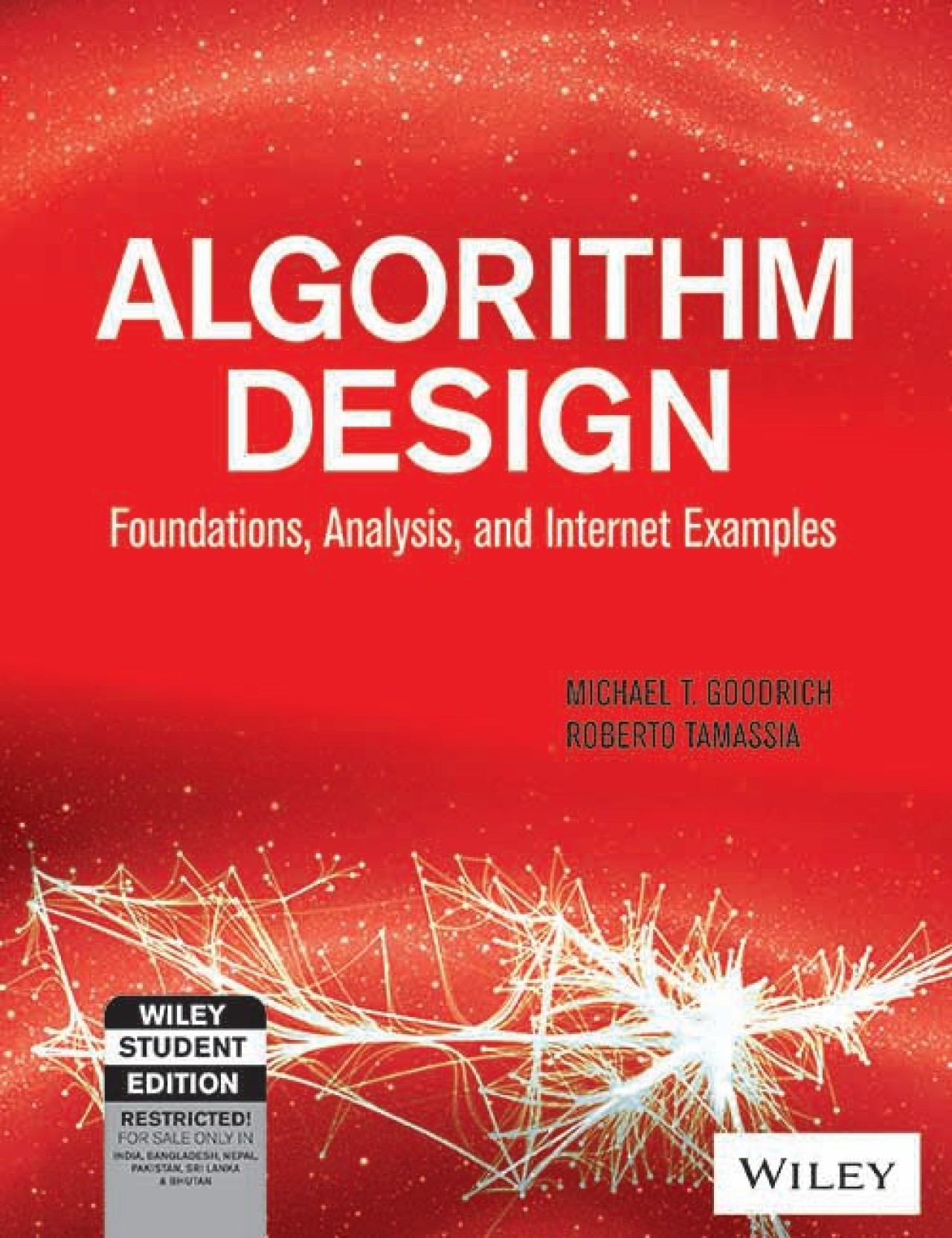
Algorithm Design Foundations, Analysis And Examples 1 Edition Buy Algorithm Design
195K views How Do Algorithms Work? Let's take a closer look at an example. A very simple example of an algorithm would be to find the largest number in an unsorted list of numbers. If you.
Example of algorithm design. Download Scientific Diagram
Greedy algorithms. A greedy algorithm solves an optimization problem by making locally optimal choices at each step. Greedy algorithms typically do not compute globally optimal solutions. In some cases they do (but typically require a non-trivial argument to show why), and in others they can still produce good (but not optimal) results. Familiar examples (all of which do compute globally.

Flowchart of the proposed algorithm Download Scientific Diagram
You might have an algorithm for getting from home to school, for making a grilled cheese sandwich, or for finding what you're looking for in a grocery store. In computer science, an algorithm is a set of steps for a computer program to accomplish a task. Algorithms put the science in computer science. And finding good algorithms and knowing.

The Basic Algorithm flowchart. Download Scientific Diagram
What is an Algorithm? In computer programming terms, an algorithm is a set of well-defined instructions to solve a particular problem. It takes a set of input (s) and produces the desired output. For example, An algorithm to add two numbers: Take two number inputs Add numbers using the + operator Display the result Qualities of a Good Algorithm

What is a Computer Algorithm? Design, Examples & Optimization Video & Lesson Transcript
which translates to: Algorism is the art by which at present we use those Indian figures, which number two times five. The poem is a few hundred lines long and summarizes the art of calculating with the new styled Indian dice ( Tali Indorum ), or Hindu numerals. [19] English evolution of the word[]
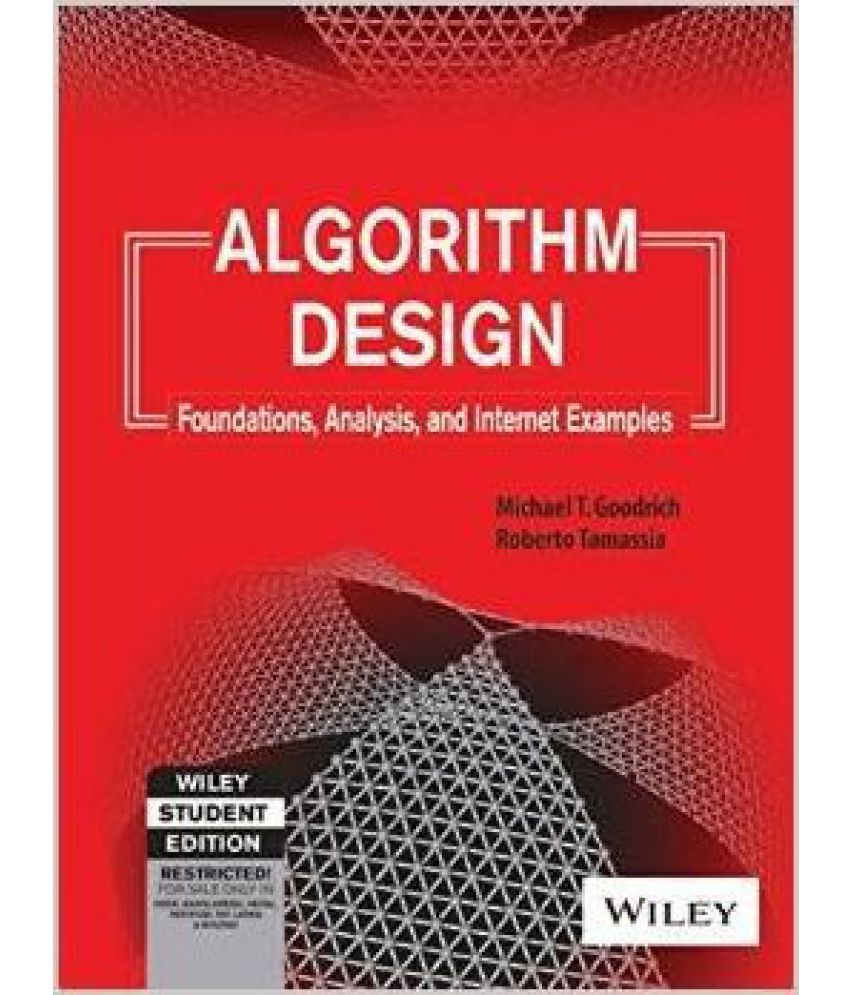
Algorithm Design Foundations, Analysis And Example Buy Algorithm Design Foundations
1. Brute Force Algorithm: It is the simplest approach for a problem. A brute force algorithm is the first approach that comes to finding when we see a problem. 2. Recursive Algorithm: A recursive algorithm is based on recursion. In this case, a problem is broken into several sub-parts and called the same function again and again. 3.